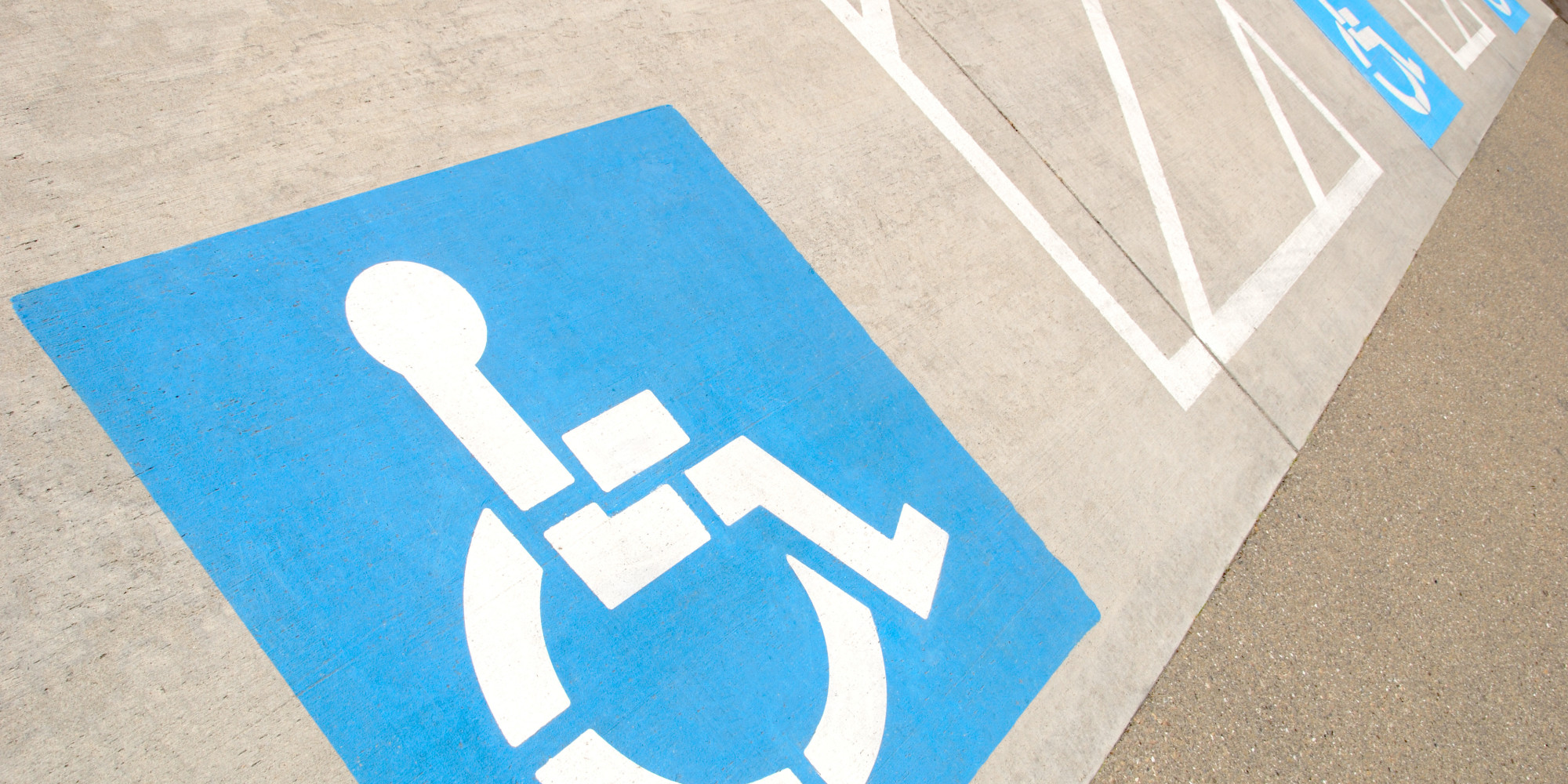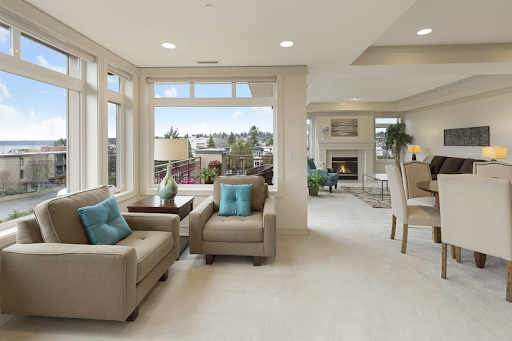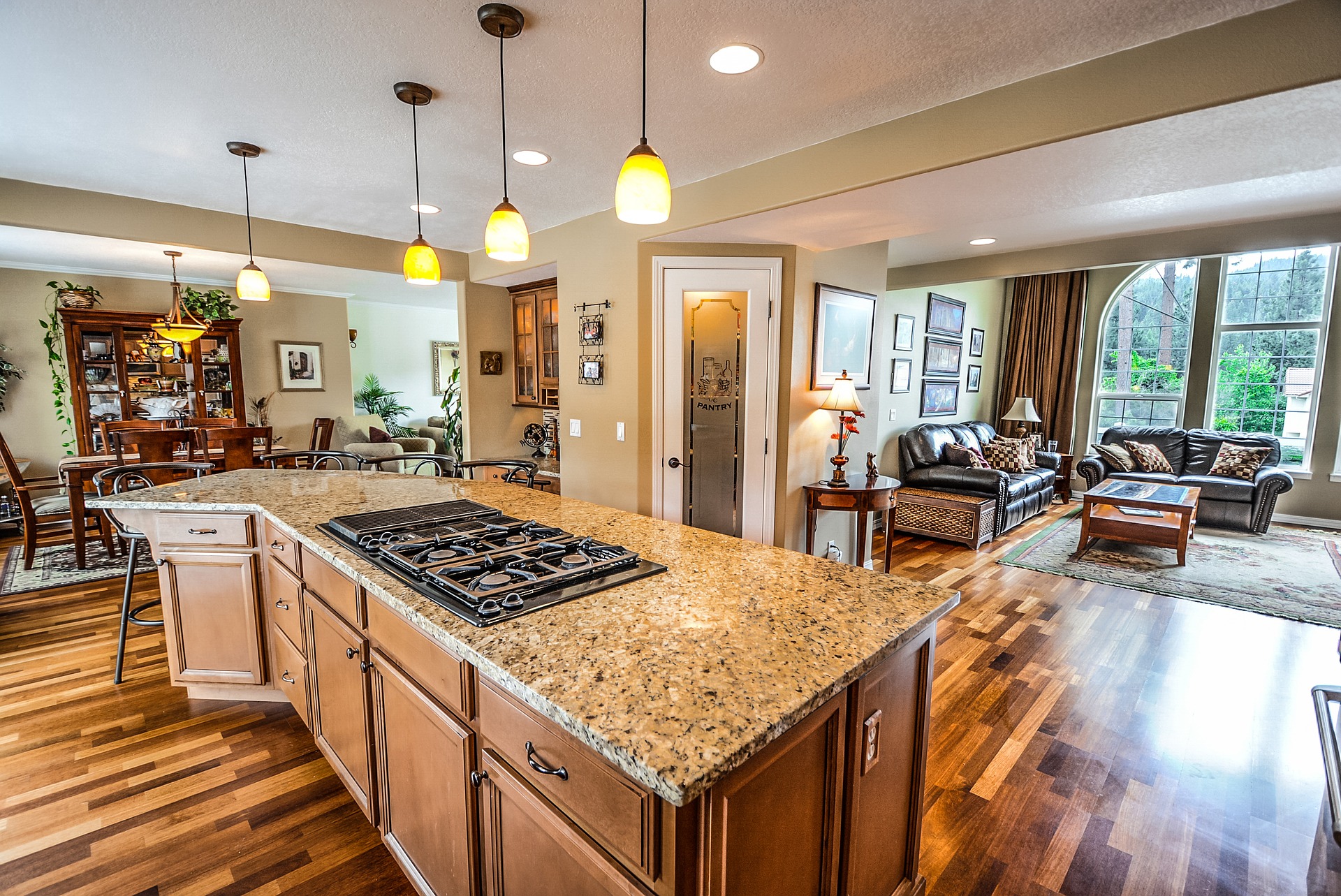
Sadly the committee members shot down the proposed amendment after a brief discussion, voting against it 9 votes to 6. The amendment had gained huge support from numerous charities, think-tanks, private companies and housing associations, and its defeat will come as a major blow to all involved. Dr Hugh Ellis, Head of Policy at Town and Country Planning Association, commented “Naturally we are disappointed that the government have failed to use this chance to ensure that accessibility is at the heart of place-making… There is a wide consensus and clear evidence to show that we are failing to ready ourselves for the health, housing and social care needs of our population”.
Both a blessing and a curse, the fact that we are all living longer than ever before has meant that demand for accessible housing has risen and this demand will continue to grow more rapidly over the next 2 decades. There is serious concern among those in the housing industry that we are far from prepared to adequately house the growing number of elderly and disabled people in the UK.
Most existing and new homes, even in the wealthiest developed nations, lack basic accessibility features (unless the current resident has a disability) and to make matters worse, we are not making good use of the limited accessible housing stock that we do have. Far too many accessible and adapted properties are being sold and let to people without disabilities, and there is a clear need for more and better accessible housing platforms to help people find suitable housing.
Part of the problem with improving the accessible housing situation is that the list of adaptations required varies greatly from one end of the spectrum to the other, and there is little by way of a national agreed set of minimum requirements. The closest we have to this currently, is the Lifetime Homes initiative which encourages developers to incorporate 16 design criteria that can be universally applied to all new homes at minimal cost. These design criteria cover aspects such as: car parking and access, entrances, doorways and hallways, bathrooms, stairs and other key features. Lifetime Homes’ Standards have already been adopted in some parts of the country, for example the Mayor’s ‘London Plan’ already requires all new build developments to meet Lifetime Homes Standards.
There is clearly still much to do if adequate accessible housing is to be available to everyone who needs it. There are a variety of groups and charities campaigning for better accessible property legislation and practices, you can find a list of useful websites and resources below:
Town and Country Planning Association
Here at The House Shop we want to do everything we can to help disabled people find suitable accessible living solutions that work for them. Traditional estate agents do not necessarily have the niche marketing capability to properly market accessible properties, and often don’t understand the range of adaptations and improvements available. This is why more and more accessible home-owners have been coming to us wanting to sell their home privately. If you own an accessible property or are looking for disabled-access properties to buy or to rent click here.
by Franki Chaffin-Edwards




 POSTED BY
POSTED BY 

